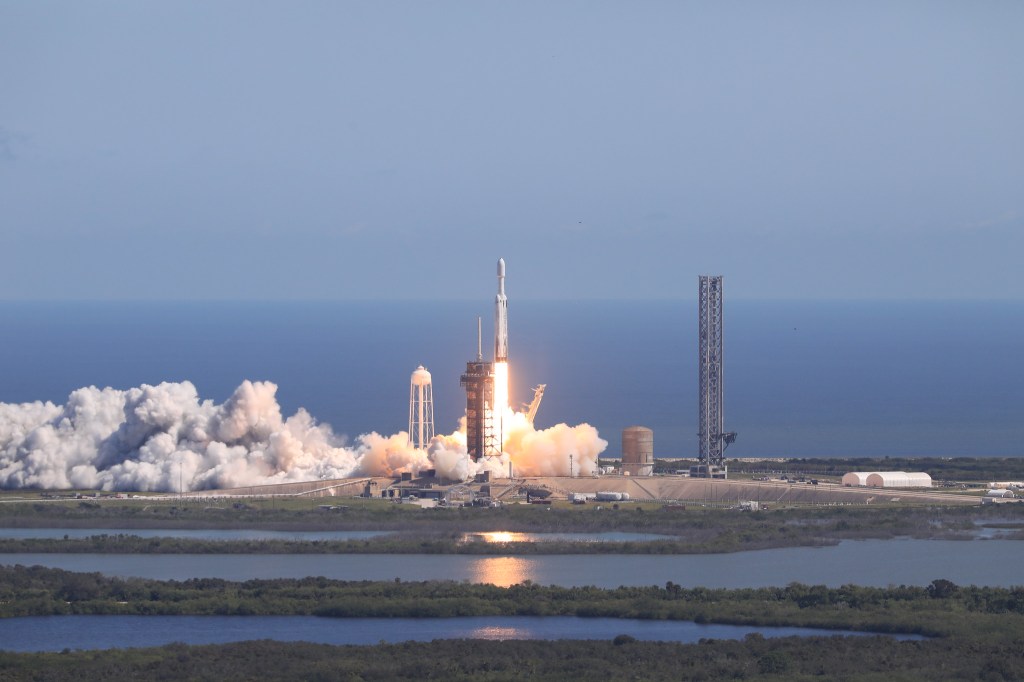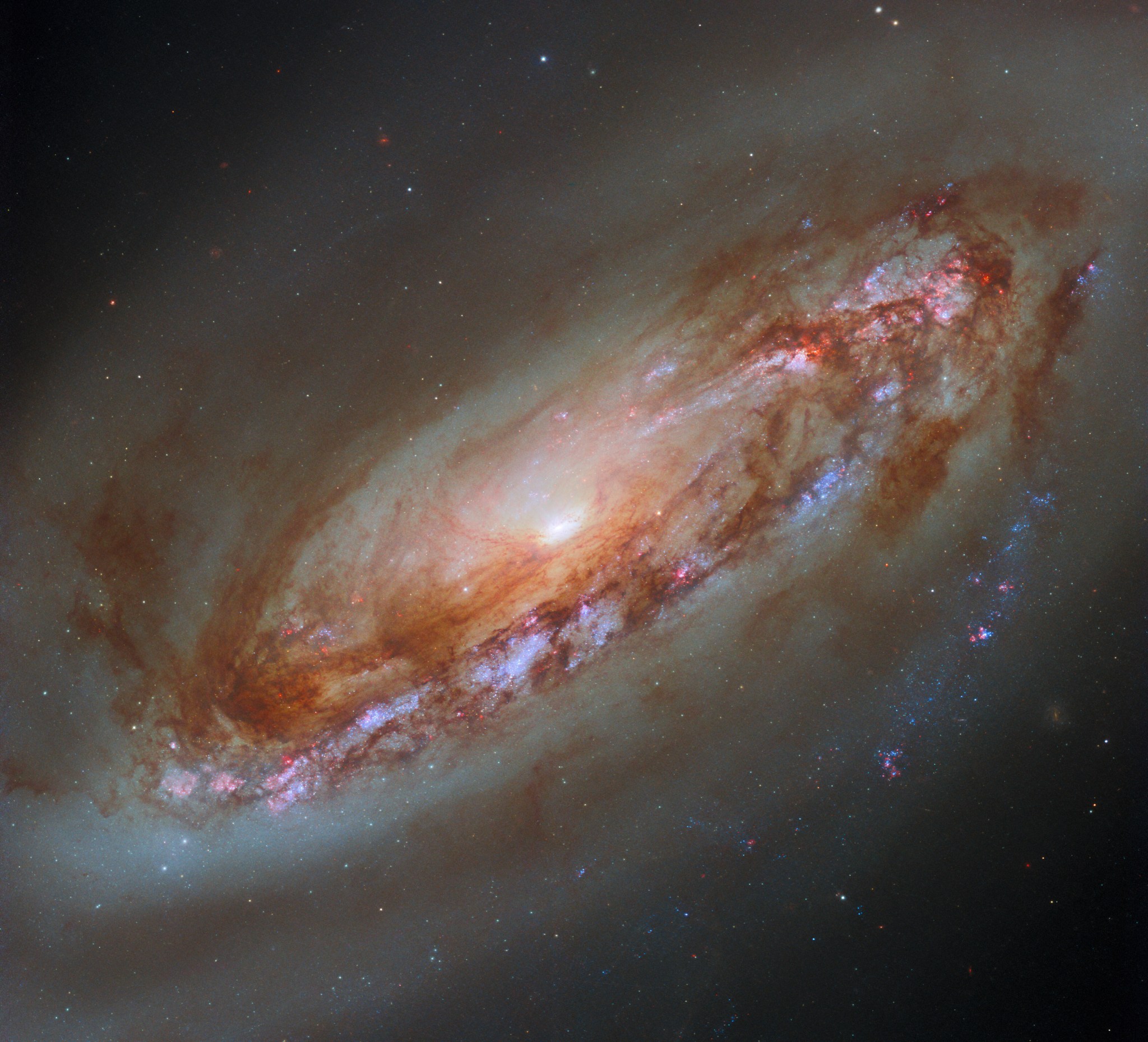On Dec. 19, 2024, NASA released two amendments to the NASA Research Announcement Research Opportunities in Space and Earth Sciences (ROSES) 2024 (NNH24ZDA001N) to announce the E.9 Space Biology: Research Studies and E.12 Physical Sciences Research Studies program elements. Space Biology Proposals The research emphases of E.9 Space Biology: Research Studies fall under two broad categories: Precision Health and Space Crops For Precision Health-focused studies, investigators may propose to use any non-primate animal model system and any appropriate cell/tissue culture/microphysiological system/organoid or microbial models that are supported by the chosen…
Read MoreTag: Science Mission Directorate
NASA to Host Media Call Highlighting Mars Sample Return Update
Credit: NASA NASA Administrator Bill Nelson and Nicky Fox, associate administrator, Science Mission Directorate, will host a media teleconference at 1 p.m. EST, Tuesday, Jan. 7, to provide an update on the status of the agency’s Mars Sample Return Program. The briefing will include NASA’s efforts to complete its goals of returning scientifically selected samples from Mars to Earth while lowering cost, risk, and mission complexity. Audio of the media call will stream live on the agency’s website. Media interested in participating by phone must RSVP no later than two…
Read MoreNASA’s Parker Solar Probe Makes History With Closest Pass to Sun
5 Min Read NASA’s Parker Solar Probe Makes History With Closest Pass to Sun An artist’s concept showing Parker Solar Probe. Credits: NASA/APL Operations teams have confirmed NASA’s mission to “touch” the Sun survived its record-breaking closest approach to the solar surface on Dec. 24, 2024. Breaking its previous record by flying just 3.8 million miles above the surface of the Sun, NASA’s Parker Solar Probe hurtled through the solar atmosphere at a blazing 430,000 miles per hour — faster than any human-made object has ever moved. A beacon tone…
Read MoreNASA DAVINCI Mission’s Many ‘Firsts’ to Unlock Venus’ Hidden Secrets
5 Min Read NASA DAVINCI Mission’s Many ‘Firsts’ to Unlock Venus’ Hidden Secrets The surface of Venus is an inferno with temperatures hot enough to melt lead. This image is a composite of data from NASA’s Magellan spacecraft and Pioneer Venus Orbiter. Credits: NASA/JPL-Caltech NASA’s DAVINCI — Deep Atmosphere Venus Investigation of Noble gases, Chemistry, and Imaging — mission embodies the spirit of innovation and exploration that its namesake, Leonardo da Vinci, was famous for. Scheduled to launch in the early 2030s, DAVINCI will explore Venus with both a spacecraft…
Read MoreNASA Accelerates Space Exploration, Earth Science for All in 2024
With a look back at 2024, NASA is celebrating its many innovative and inspiring accomplishments this year including for the first time, landing new science and technology on the Moon with an American company, pushing the boundaries of exploration by launching a new mission to study Jupiter’s icy moon Europa; maintaining 24 years of continuous human exploration off the Earth aboard the International Space Station, and unveiling the first look at its supersonic quiet aircraft for the benefit of humanity. The agency also shared the wonder of a total eclipse…
Read MoreNASA Leadership to Visit, Strengthen Cooperation with Mexico
NASA Deputy Administrator Pam Melroy speaks during an agency town hall on Sept. 21, 2021 at NASA Headquarters in Washington. Credit: NASA/Aubrey Gemignani NASA Deputy Administrator Pam Melroy and Nicola Fox, associate administrator for NASA’s Science Mission Directorate, will travel to Mexico City on Sunday, Nov. 24, for a multi-day trip to build on previous engagements and advance scientific and technological collaboration between the United States and Mexico. This visit will focus on fostering partnerships in astronomy and astrophysics research, as well as highlighting opportunities for economic, educational, and science,…
Read MoreAttention Students: NASA Launches Power Systems Student Essay Contest
Twelve-year-old, Aadya Karthik of Seattle, Washington; nine-year-old, Rainie Lin of Lexington, Kentucky; and eighteen-year-old, Thomas Lui, winners of the 2023-2024 Power to Explore Student Writing Challenge observe testing at a NASA Glenn cleanroom during their prize trip to Cleveland. Credit: NASA NASA’s fourth annual Power to Explore Student Challenge kicked off November 7, 2024. The science, engineering, technology, and mathematics (STEM) writing challenge invites kindergarten through 12th grade students in the United States to learn about radioisotope power systems, a type of nuclear battery integral to many of NASA’s far-reaching…
Read MoreNASA to Launch Innovative Solar Coronagraph to Space Station
5 min read NASA to Launch Innovative Solar Coronagraph to Space Station NASA’s Coronal Diagnostic Experiment (CODEX) is ready to launch to the International Space Station to reveal new details about the solar wind including its origin and its evolution. Launching in November 2024 aboard SpaceX’s 31st commercial resupply services mission, CODEX will be robotically installed on the exterior of the space station. As a solar coronagraph, CODEX will block out the bright light from the Sun’s surface to better see details in the Sun’s outer atmosphere, or corona. In…
Read MoreHigh-Altitude ER-2 Flights Get Down-to-Earth Data
3 min read Preparations for Next Moonwalk Simulations Underway (and Underwater) Francisco Rodriguez (aircraft mechanic) services liquid oxygen or LOX on the ER-2 during the Geological Earth Mapping Experiment (GEMx) research project. Experts like Rodriguez sustain a high standard of safety on airborne science aircraft like the ER-2 and science missions like GEMx. The ER-2 is based out of NASA’s Armstrong Flight Research Center in Edwards, California. NASA/Steve Freeman Operating at altitudes above 99% of the Earth’s atmosphere, NASA’s ER-2 aircraft is the agency’s highest-flying airborne science platform. With its…
Read MoreHubble Captures a New View of Galaxy M90
Hubble Space Telescope Home Hubble Captures a New View of… Hubble Space Telescope Hubble Home Overview About Hubble The History of Hubble Hubble Timeline Why Have a Telescope in Space? Hubble by the Numbers At the Museum FAQs Impact & Benefits Hubble’s Impact & Benefits Science Impacts Cultural Impact Technology Benefits Impact on Human Spaceflight Astro Community Impacts Science Hubble Science Science Themes Science Highlights Science Behind Discoveries Hubble’s Partners in Science Universe Uncovered Explore the Night Sky Observatory Hubble Observatory Hubble Design Mission Operations Missions to Hubble Hubble vs…
Read More







